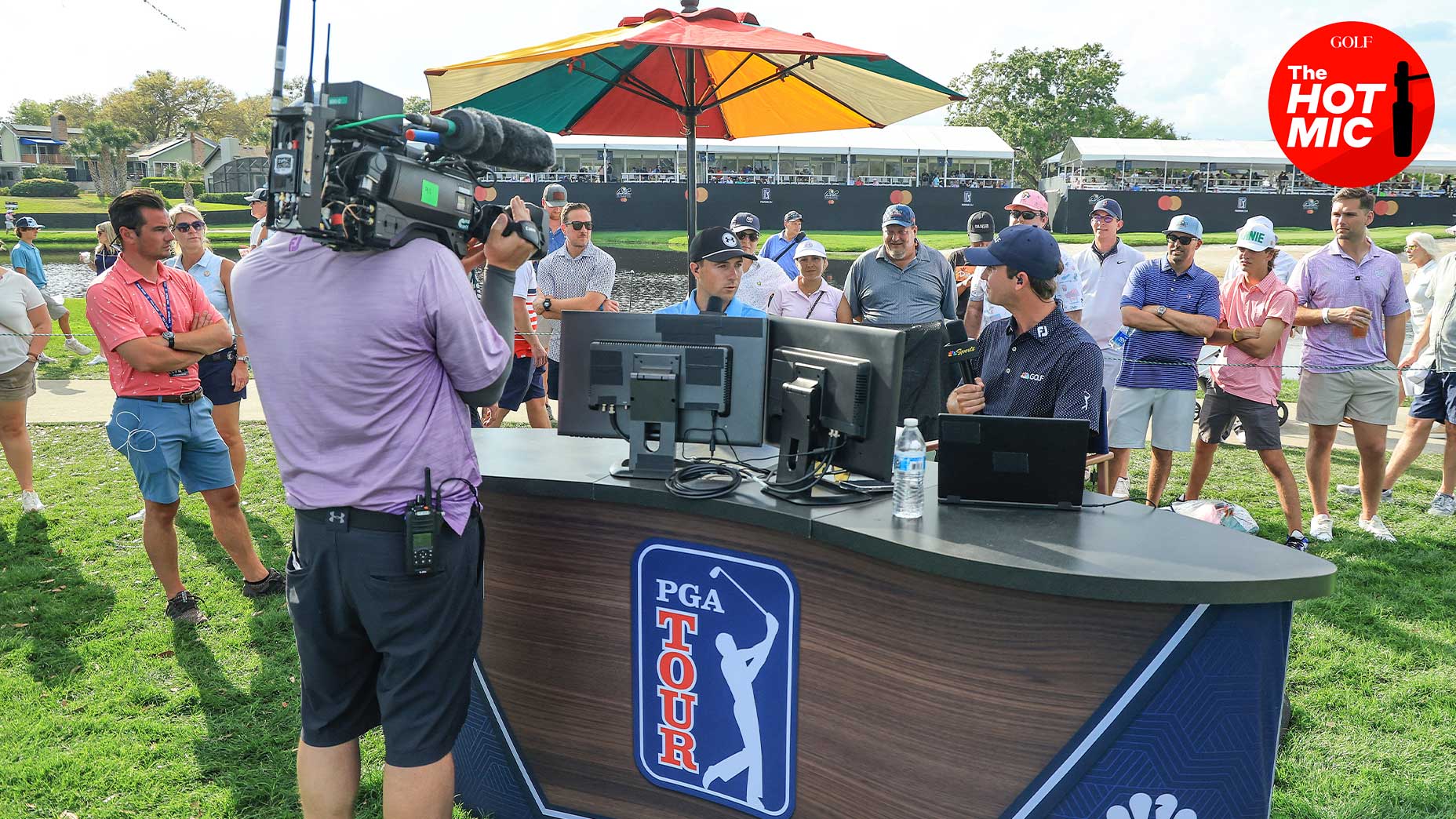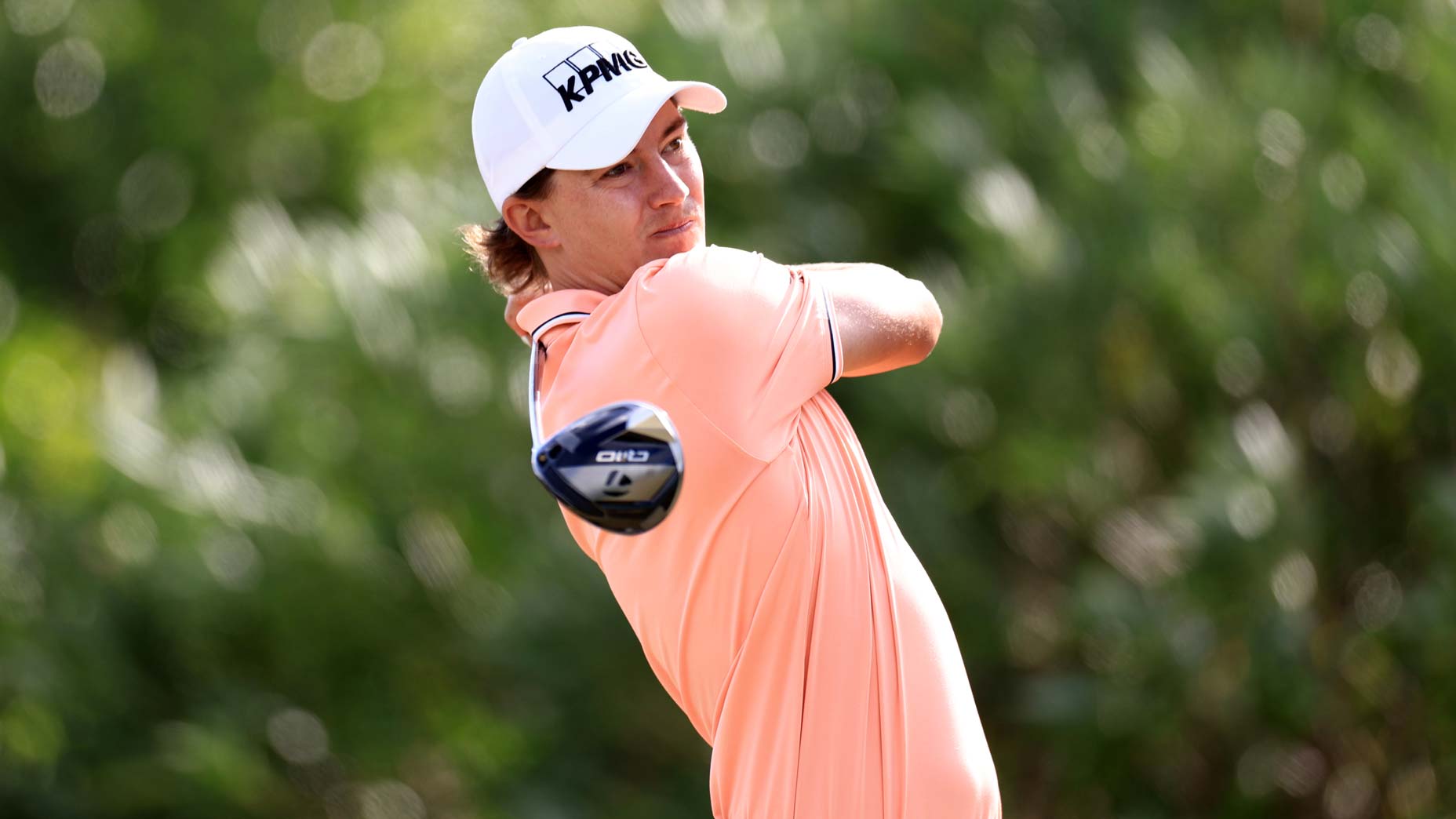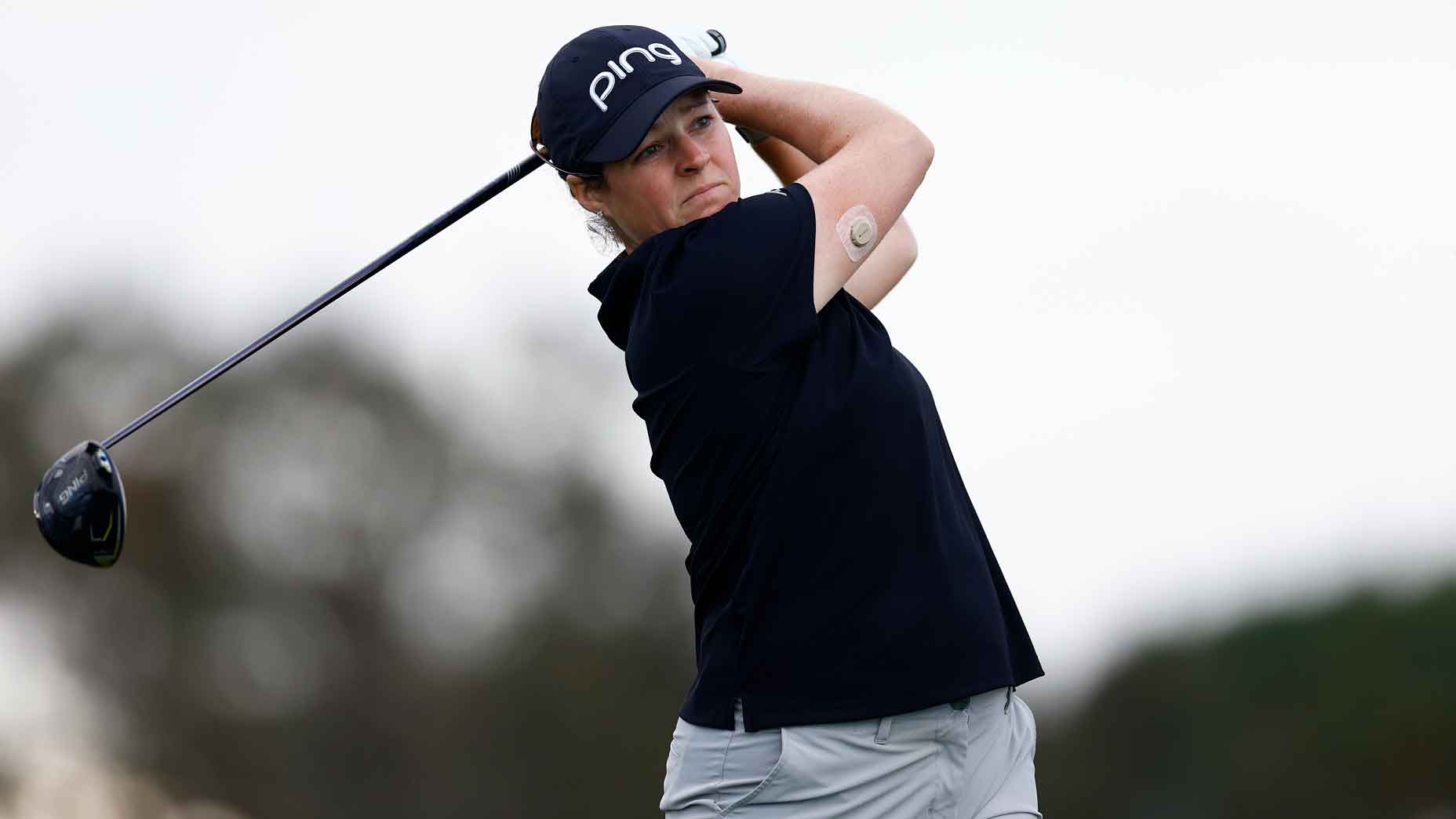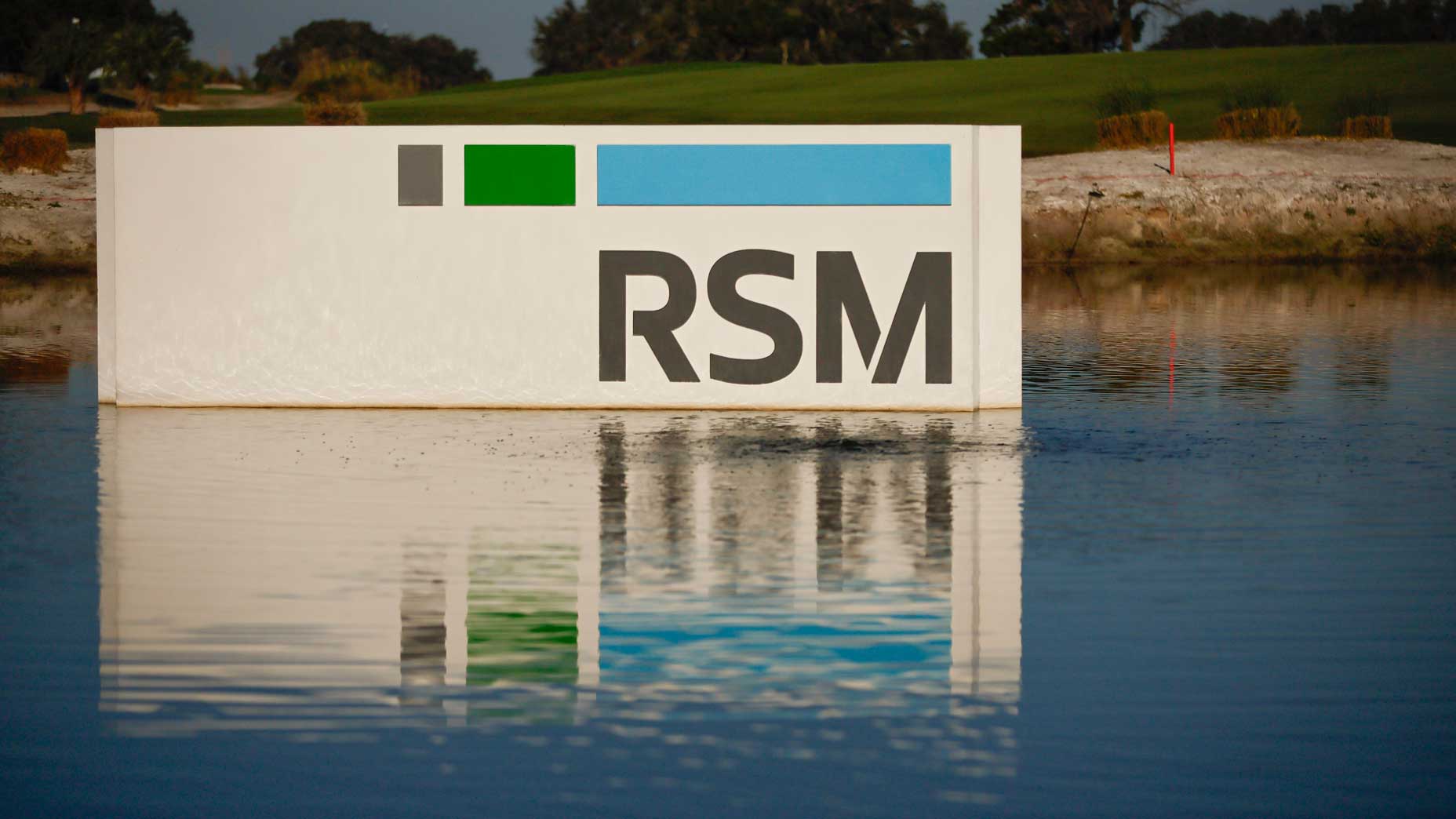 Slow play? Bathrooms? One of the LPGA’s brightest personalities is a great listen
Slow play? Bathrooms? One of the LPGA’s brightest personalities is a great listen
This new stat measures which PGA Tour players REALLY hit it closest
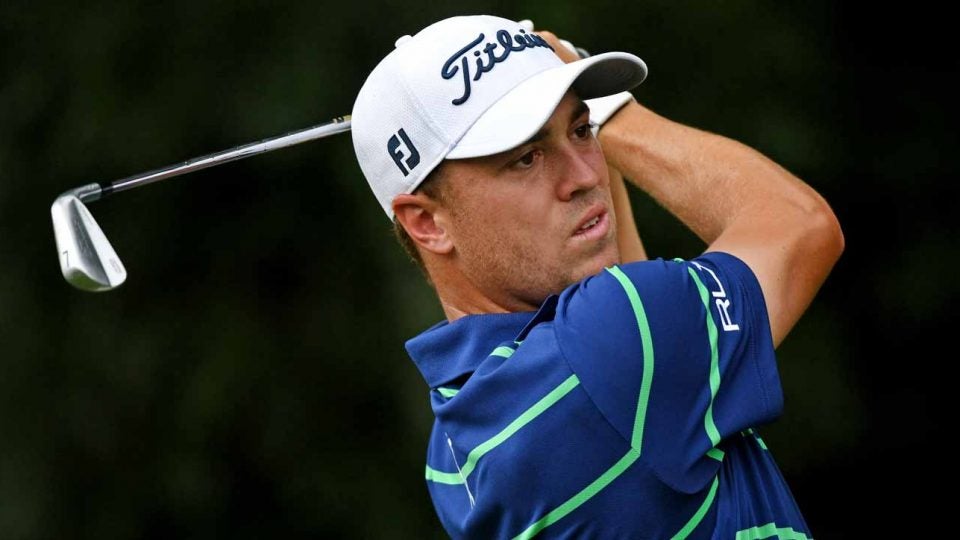
Frank Nobilo and I were chatting earlier this year and he mentioned the pushback he received for quoting a proximity stat on air. I’m not sure of the exact circumstance, but it’s not hard to find an example that illustrates the point.
Paul Casey won the 2019 Valspar Championship by one stroke on a tough Innisbrook Copperhead course. Inside the top 10 were major winners Louis Oosthuizen, Bubba Watson and Dustin Johnson. For the week, Casey ranked 9th in driving accuracy, 6th in strokes gained off the tee and 9th in SG around the green. Yet he ranked 43rd in SG putting and, strikingly, 65th out of 70 players who made the cut in proximity to the hole (a measure of approach play). It’s hard—if not impossible—to win with poor putting and even worse approach shots. So how did Casey do it? More importantly, how could he have ranked 7th with such poor proximity to the pin numbers?
The answer is that his approach play was very good, but proximity as a measure of approach play was not. For the week, Casey’s average proximity was 41 feet 11 inches. The leader, Jim Furyk, clocked in at 31 feet. Ten feet farther from the hole on 72 approach shots is an enormous difference.
The problem with the proximity stat is that it doesn’t account for the initial distance of the approach. In round 4 on the par-5 12th, Furyk hit his third shot from 101 yards in the fairway to a cozy eight feet from the hole. On the same round and hole, Casey hit his second shot from 271 yards in the fairway to 98 feet. Casey’s proximity was recorded as 90 feet worse than Furyk’s, but he was putting for eagle! Players who go for more par-5 greens in two tend to look terrible in the proximity stat compared to players who lay up.
ADVERTISEMENT
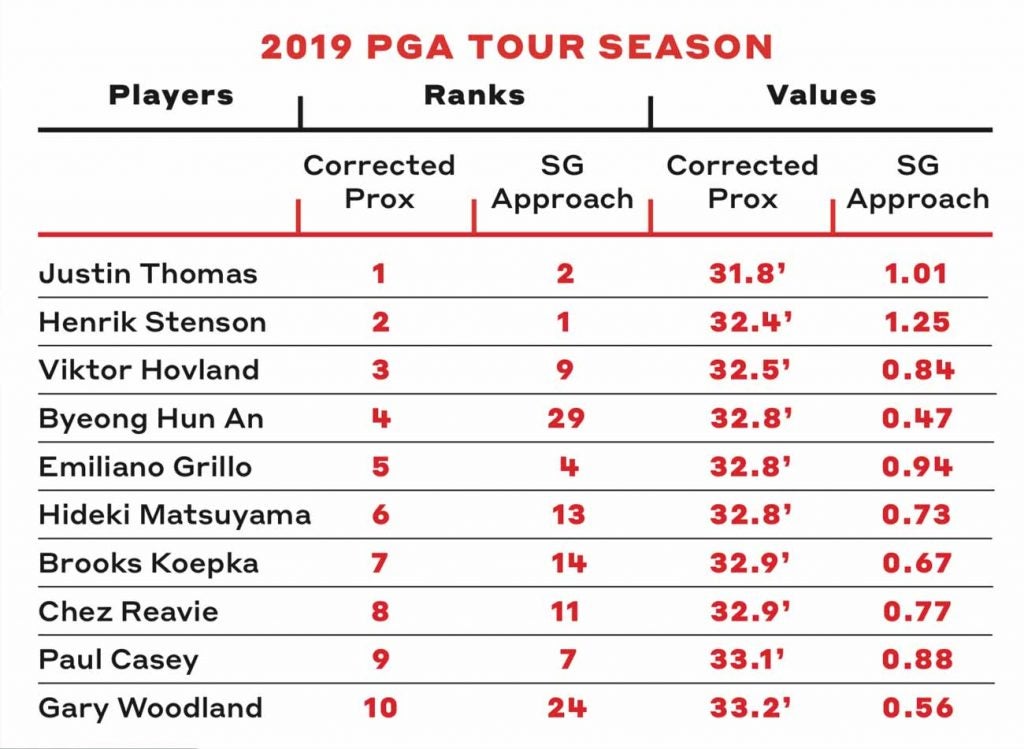
The way to fix this stat is to account for the initial distance to the hole and the starting location (fairway, rough, etc.). I’d also adjust for course difficulty and strength of field to get a measure of “corrected proximity.” And so I did. For the 2019 season, the leaders in corrected proximity were Justin Thomas, Henrik Stenson and Viktor Hovland. (These players ranked 2nd, 1st, and 9th in SG approach, adjusted.) For the season, Paul Casey ranked 9th in corrected proximity and 7th in SG approach. Sensible results follow from sensible calculations. My advice to Frank Nobilo is to ignore proximity and use SG approach instead to silence the critics.
To receive GOLF’s all-new newsletters, subscribe for free here.
ADVERTISEMENT



